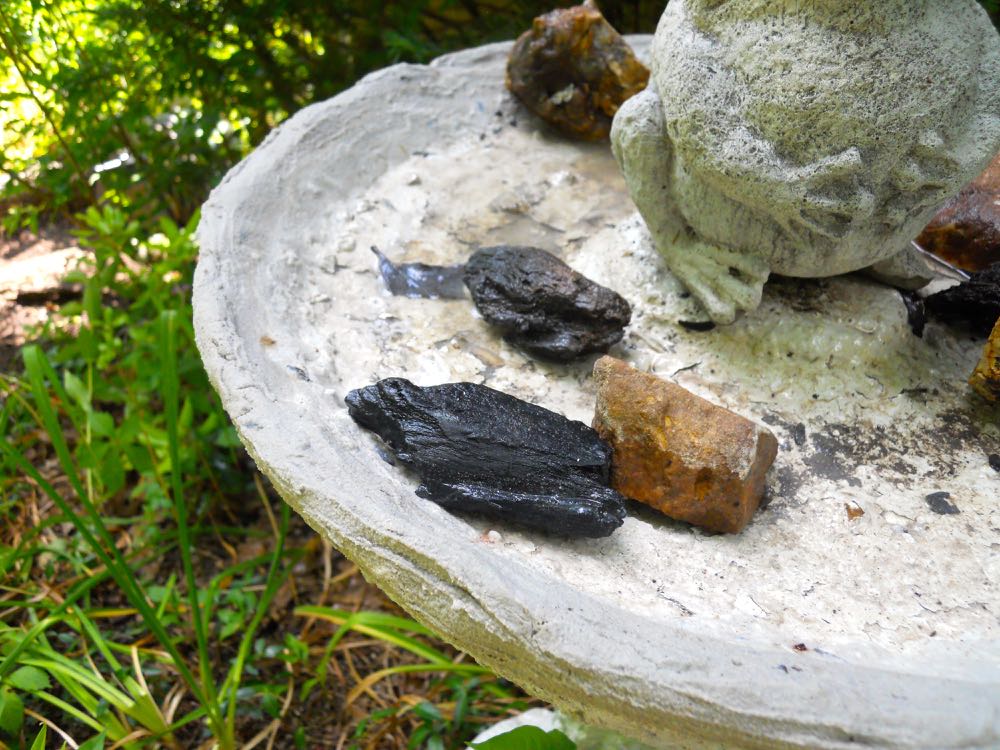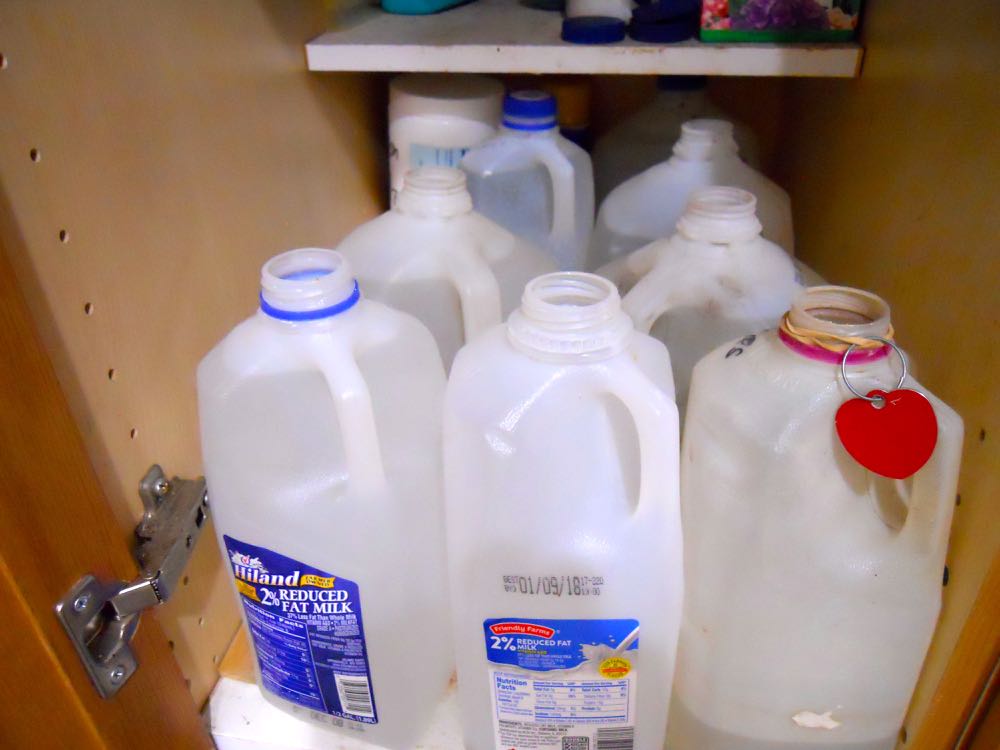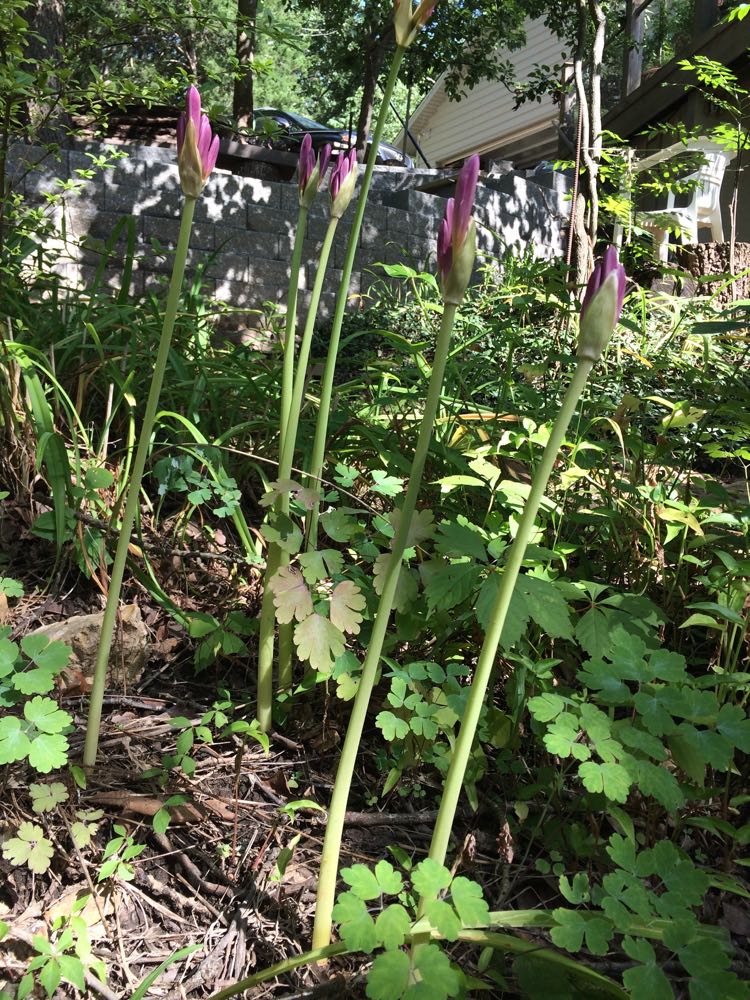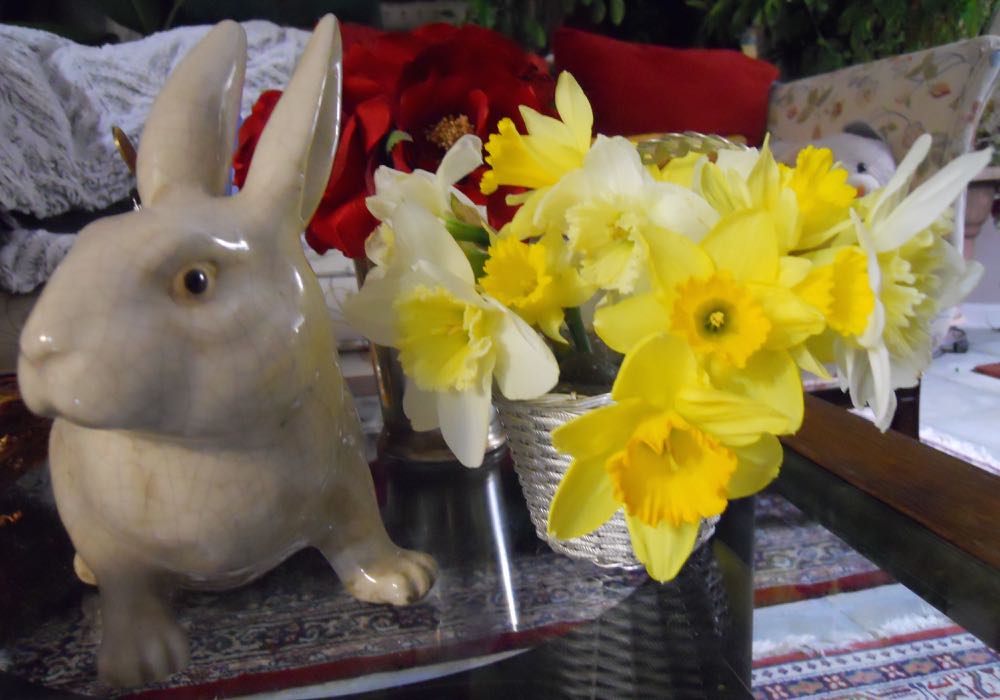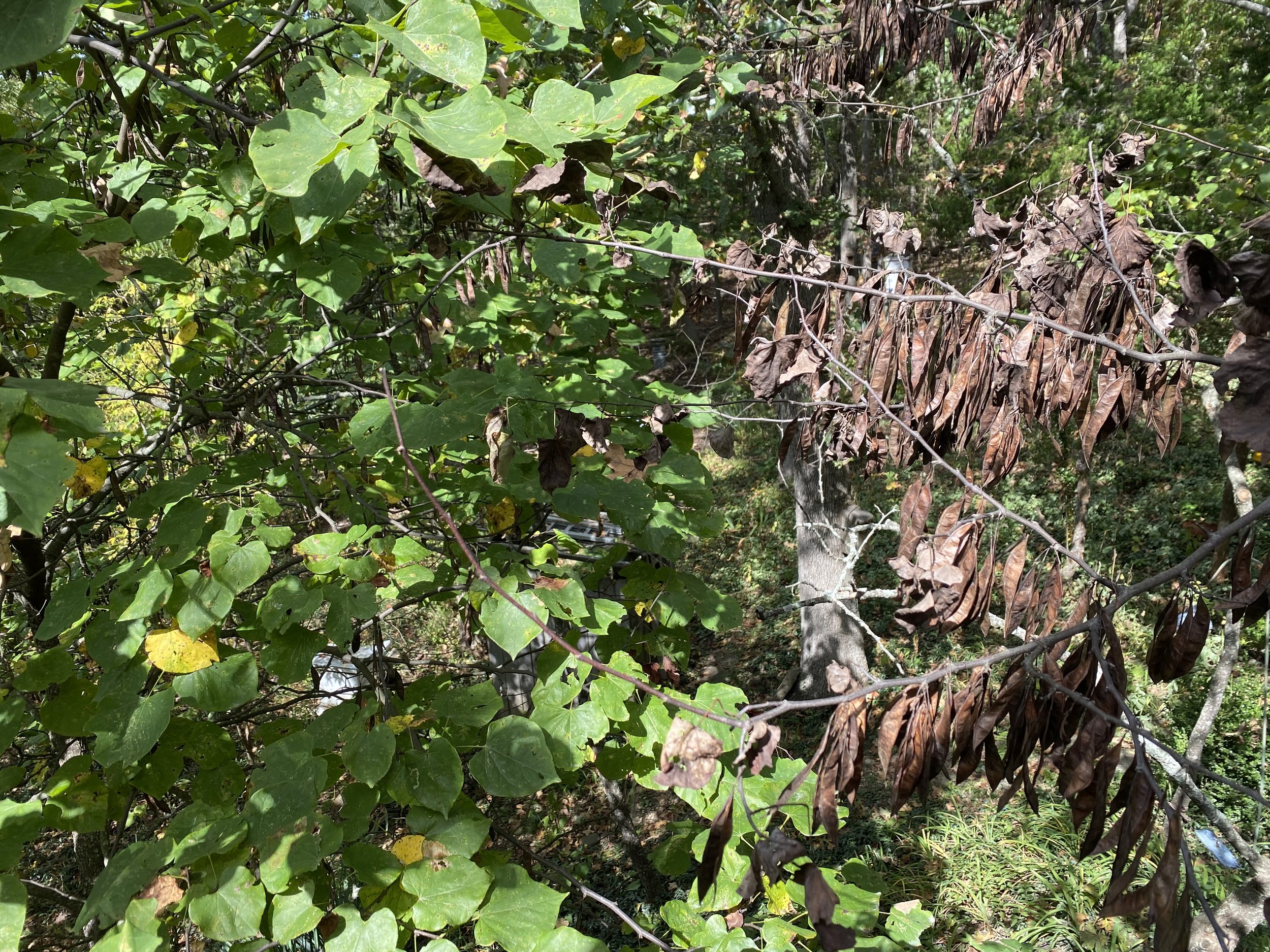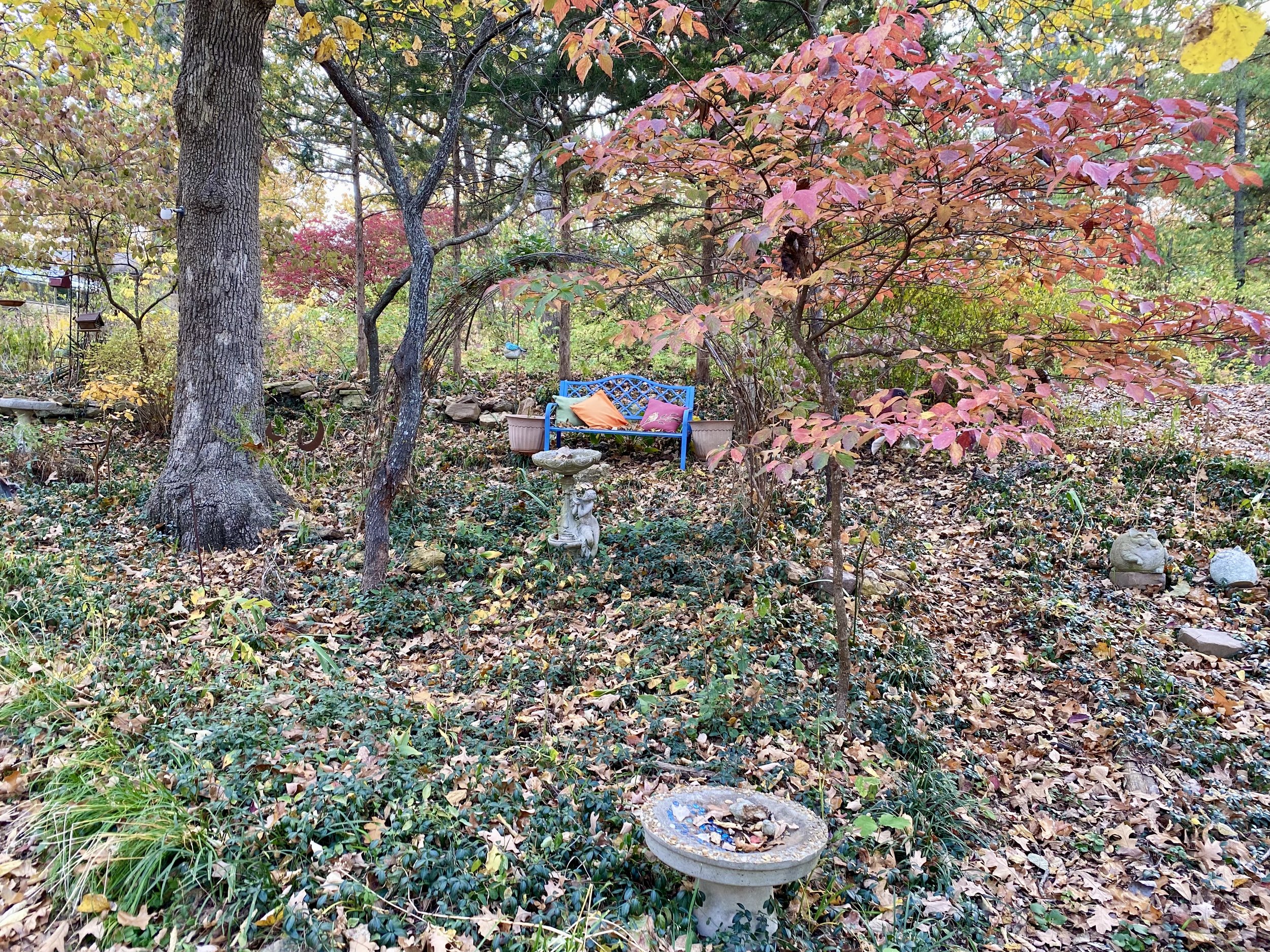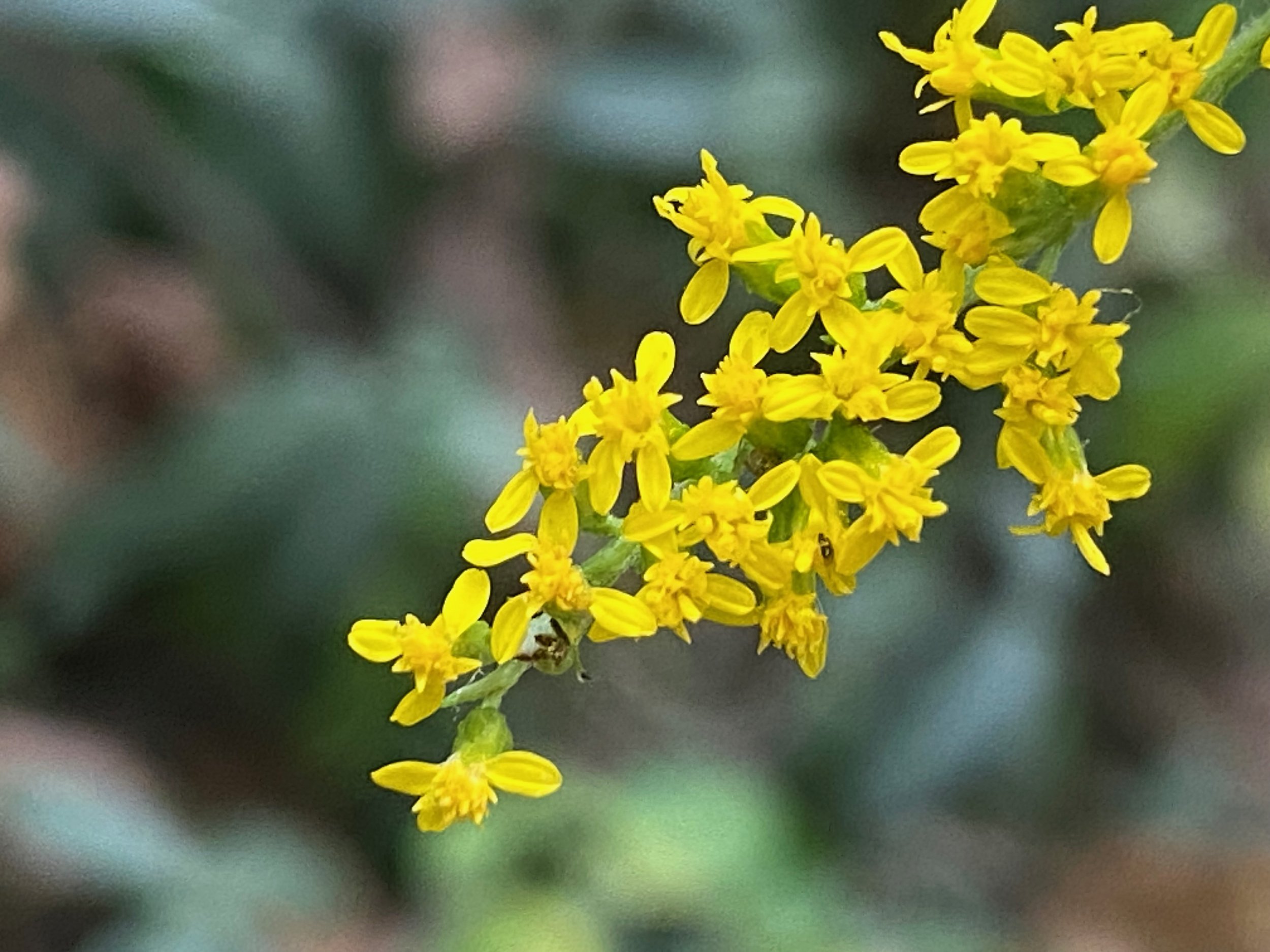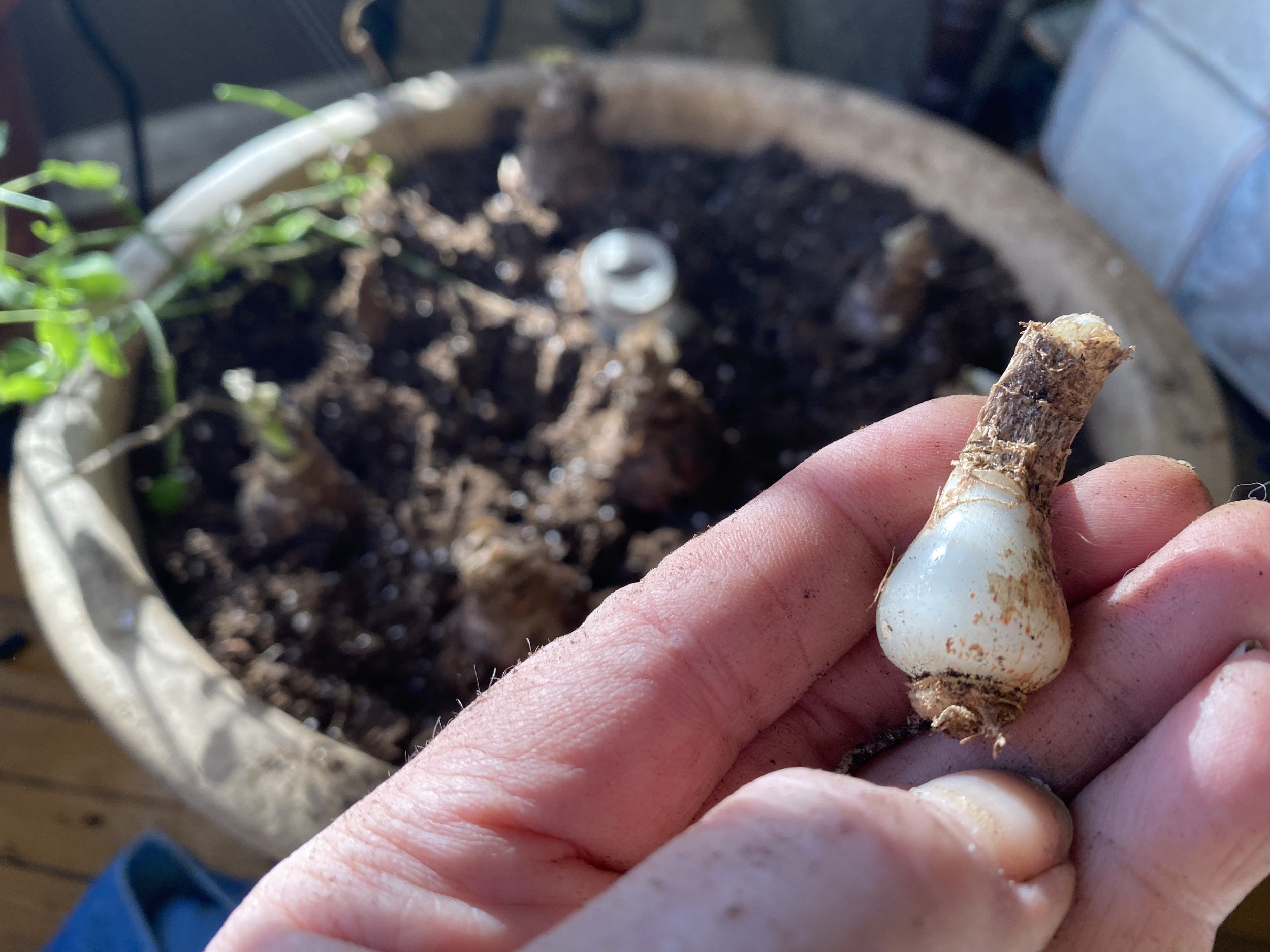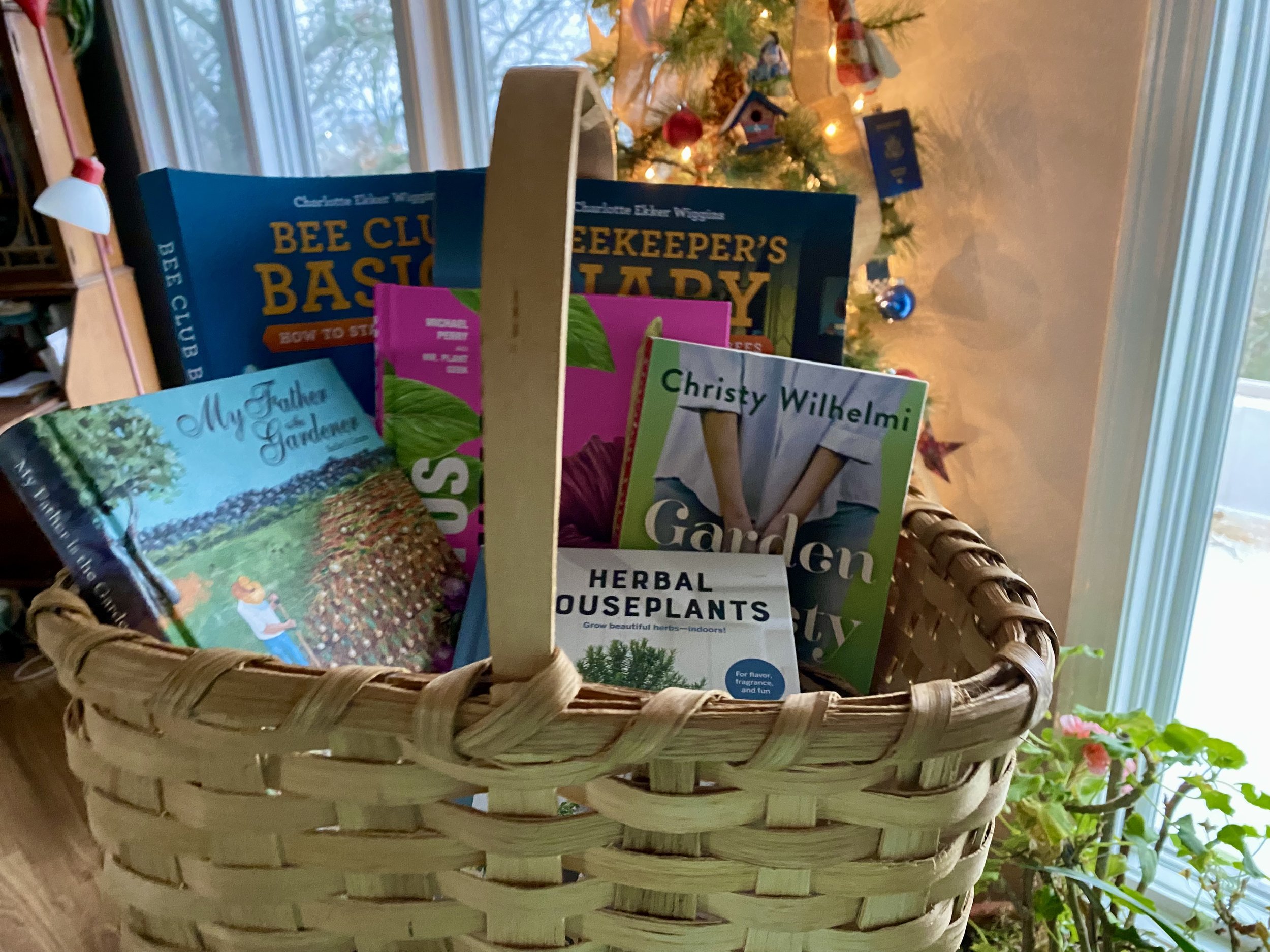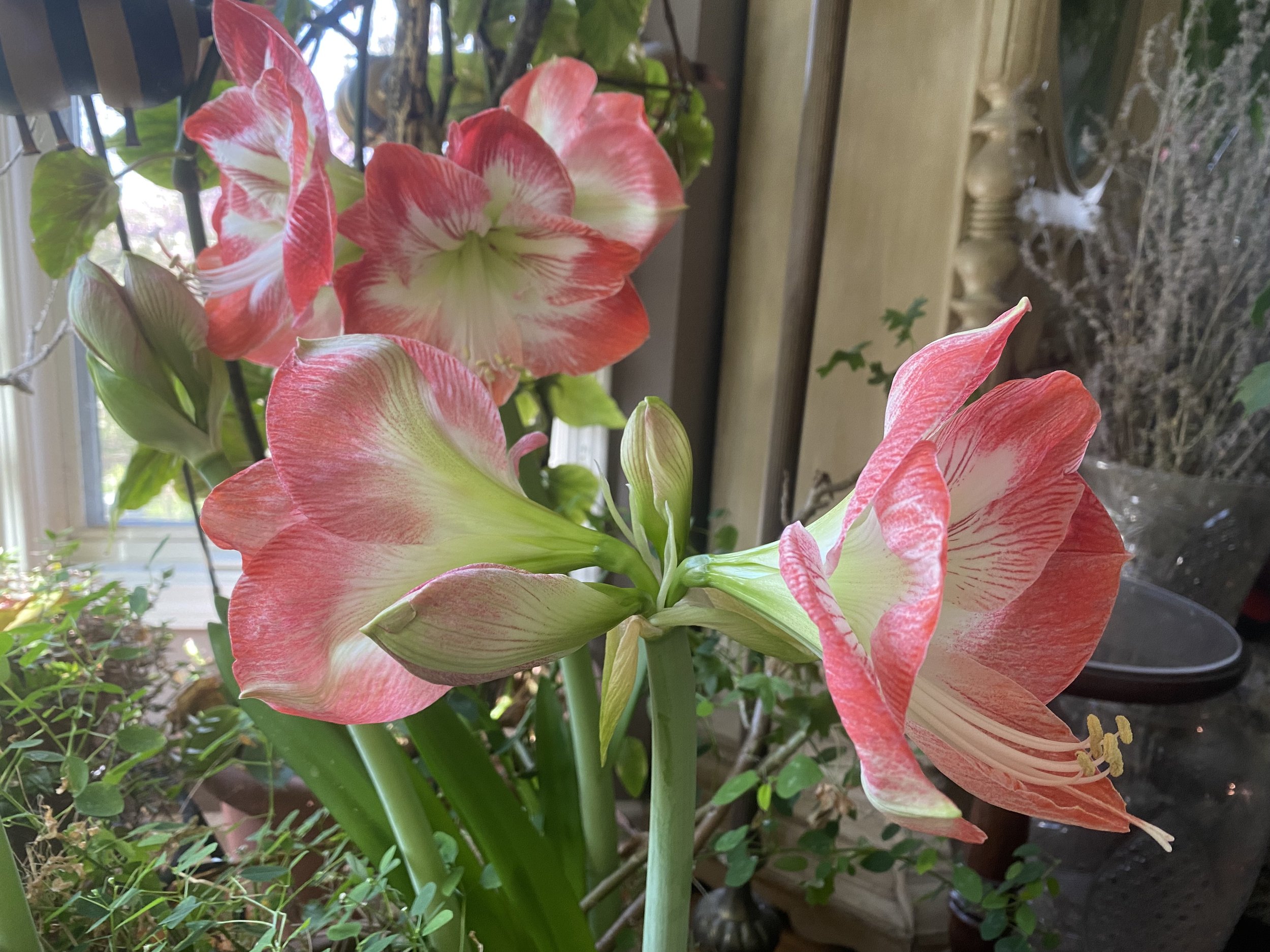Do You Want to Keep Ash Trees with Borers?
/Emerald ash borer exit hole on the side of one of my former ash trees. (Photo by Charlotte Ekker Wiggins)
“Charlotte, I read that you now have emerald ash borers in your trees and you are using the cut down ones for flower borders. Will keeping the cut down tree trunks on your property spread emerald ash borers? I am also thinking of using the cut down trees as flower bed borders but I don’t want to encourage the destructive bugs….” — Peter
Do You Want to Keep Ash Trees with Borers?
Hi Peter, I had the very same question for our Missouri Department of Conservation. I live in Phelps County in mid-Missouri. one of the 114 counties in the state. Most are now reporting emerald ash borers. Here was the answer they gave me:
“Your area is known to have a building population of emerald ash borer (EAB). By keeping the trees on your property, you aren't spreading this insect. If your trees were infested prior to being cut, then it's likely that some of the EAB larvae that are currently in the trees will finish their lifecycle this spring and chew out as adult beetles in May. The beetles won't re-infest your ash wood, however, so your ash wood won't continue to be a source of food for EAB. You may notice lots of other native borers that attack the wood, since many of our native species help with decomposing dead trees on the forest floor. When I use ash in my garden and flower beds, I usually get about 2 years out of a large chunk before the native borers break it down to the point where it isn't useful to me.
You might extend the life of the wood by applying a product to prevent borers, like BoraCare or TimBor, or even sealing the wood with an outdoor wood sealer.
Since the only food source for EAB is ash trees, you have effectively discouraged this pest from your yard by removing your ash. If you have other ash on the property that you hope to keep alive, then I would recommend treating them with insecticide. More information can be found in this treatment guide: https://mdc.mo.gov/sites/default/files/downloads/mo_eab_management_guide.pdf
Robbie Doerhoff
Forest Entomologist”
Insecticides are out of the question for me since I keep bees so I am resolved that I will lose the rest of my ash trees and am already planning what to plant in their stead.
Charlotte




